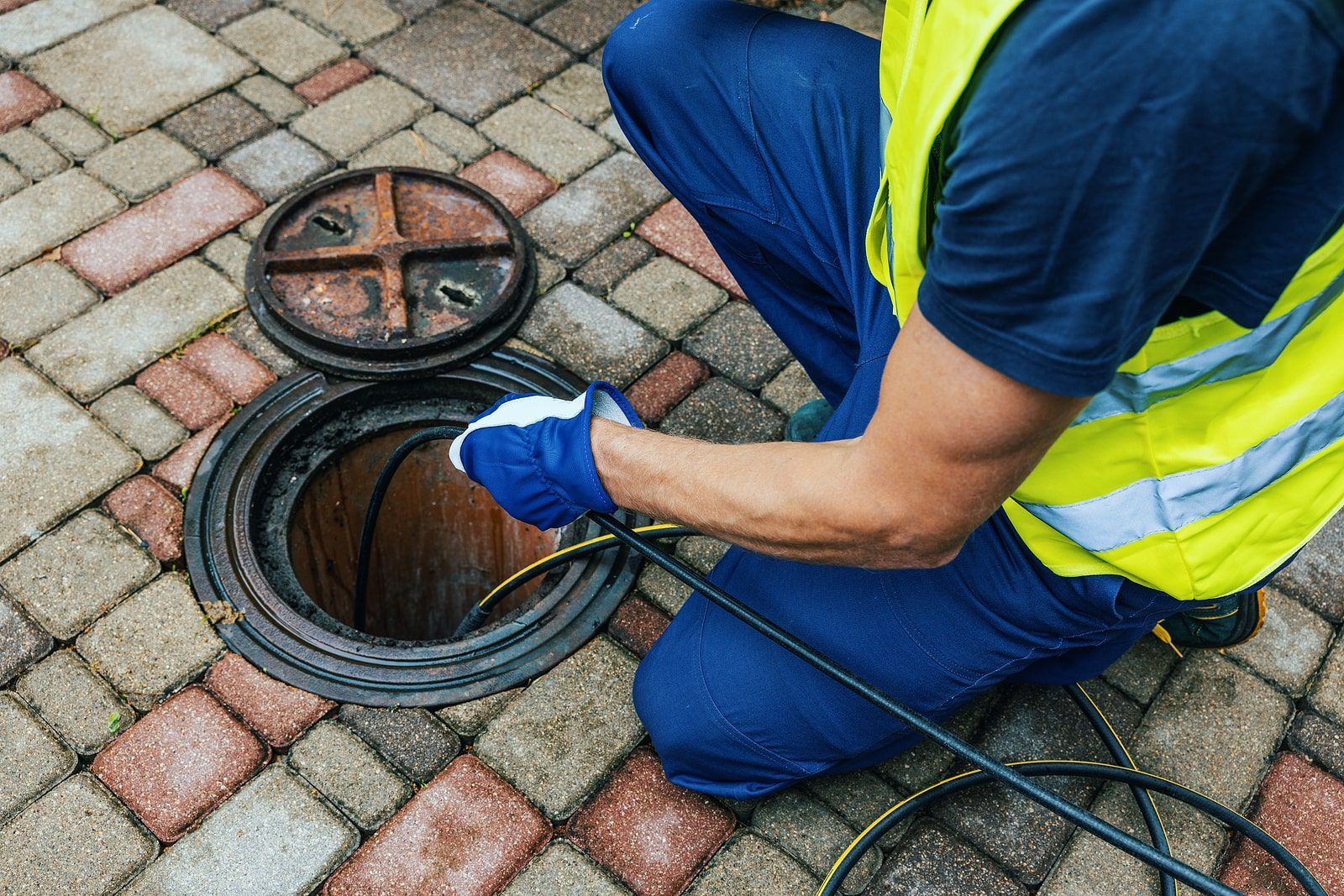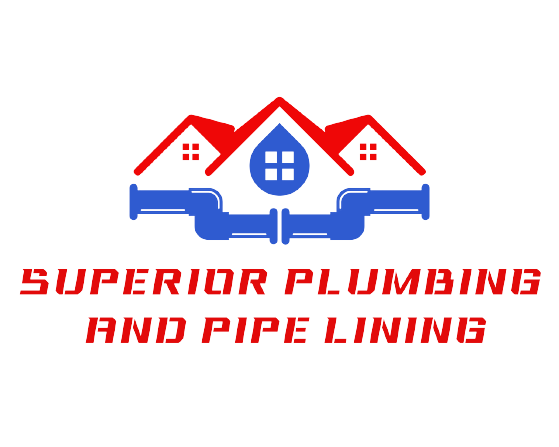
Which is the Better Drain Cleaning Method - Hydro Jetting or Snaking?
Being in the industry for so many years, one of the questions we get most often involves clogged drains. It stands to reason, as every homeowner will eventually be dealing with this exact problem — some more than others, unfortunately. Food waste, grease, toilet paper, hair, soap, and other debris can cause a mass within the home's pipes and blockage that causes one or more drains to back up.
Homeowners may be able to remedy some backups, while others will require a professional drain cleaning service. It all depends on where the mass is found within the system and the severity of the clog. When professional intervention is the only means of breaking up a problematic mass, the question then becomes whether snaking or hydrojetting is a better option. Is one pipe cleaning method better than the other? Again, it depends on the mass.
A Brief Overview of Snaking
A plumbing auger, or plumbing snake, is one of the two most common drain cleaning tools used by professional drain technicians to clear out pipes. It looks like nothing more than a long metal tube, but inside is a cable with a corkscrew-type bit at the end. Once the snake has been fed into the drain, it turns a crack or flips on the motor for the magic to begin. Its bit will catch and break up the mass, sending it on its way — or retrieving it, where it can be thrown away.
When to Snake the Drain
Though a professional will make the final call, snaking is often best used for softer minor clogs. This might be when the culprit is toilet paper, hair, soap, or food waste. Snaking is also a good option for older homes, as it isn’t uncommon for the pipes to be made of more fragile materials. Clay, for example, can become very brittle with time.
Drawbacks of Snaking Drain Cleaning
Whether manual or motorized, these drain cleaning tools do have their limits. For one, they can leave remnants of the mass behind, catching the food waste, grease, toilet paper, hair, or soap again. Eventually, the problem will return.
Even more problematic is the potential for scratching or damaging the coating often found within modern plumbing systems. The slightest scratches can lead to rust and corrosion, if not a crack that could cause a leak.
A Brief Overview of Hydro Jetting
As the name might attest, hydrojet drain cleaning uses pressurized water to break up and dislodge problematic masses. Instead of a metal tube, a flexible hose will be fed down the drain to clear out the clog. Various sizes are used, ranging from large to small, depending on the severity of the problem.
When to Hydro Jet the Drain
Again, a professional will know when to use a hydro jet for sewer and drain cleaning, but it’s generally the tool of choice for more severe blockages. This might be the case when anything from grease to solid waste has built up within the system. It can even be used if the clog results from tree roots entering the sewer line. And unlike the plumbing snake, hydro jet drain cleaning rarely, if ever, leaves traces of the mass behind, minimizing the chances of the mass reforming soon after an intervention. It’s quite literally cleaning your pipes.
Drawbacks of Hydro Jet Drain Cleaning
One of the biggest drawbacks of hydrojet drain cleaning is that it’s not always suitable for old pipes. The high-pressure water can cause cracks or breaks when cleaning out clay pipes. And while it isn’t the machine's fault, it’s still not worth the potential damage it could cause to the plumbing system — and you may then need to re-pipe the damage.
Making the Right Choice
More often than not, the drain technician will help you decide which of the drain cleaning tools is best suited for the job. The team at Superior Plumbing and Pipe Lining certainly does just that. Plus, we offer a free estimate for the drain cleaning service. If you’re dealing with a backed-up drain, don’t hesitate to contact us today!
FAQs
What is hydro jetting?
Hydro jetting is a drain cleaning method that uses high-pressure water to remove blockages, grease, and debris from pipes. It is effective for clearing stubborn clogs and maintaining clean plumbing lines.
What is drain snaking?
Drain snaking involves using a flexible metal cable (also called an auger) to break up or pull out blockages from pipes. It is commonly used for minor clogs and localized blockages.
Which method is better for routine maintenance?
Hydro jetting is generally better for routine maintenance because it thoroughly cleans pipe walls, preventing future buildup. Snaking is more of a temporary fix for immediate clogs.
Is hydro jetting safe for all types of pipes?
Hydro jetting is safe for most modern pipes but may not be suitable for older, fragile pipes that could be damaged by high water pressure. A professional plumber can assess whether it's appropriate.
Can hydro jetting remove tree roots?
Yes, hydro jetting can cut through small tree roots in pipes, but if roots are extensive, additional methods like pipe replacement or root barriers may be needed.
When should I use snaking instead of hydro jetting?
Snaking is best for minor clogs, such as hair or food debris, and for older pipes that may not withstand the force of hydro jetting.
Which method is more cost-effective?
Snaking is usually cheaper upfront, but hydro jetting provides a longer-lasting solution, reducing the need for frequent cleanings and repairs over time.
Does hydro jetting require professional service?
Yes, hydro jetting should be performed by a licensed plumber, as improper use can damage pipes or cause backflow issues.
Can I use a drain snake myself?
Yes, manual drain snakes are available for DIY use, but for severe clogs, professional snaking may be necessary.
How often should I get hydro jetting done?
For preventive maintenance, hydro jetting is recommended every 1–2 years, especially for commercial properties or homes prone to frequent clogs.
Top-Notch Plumbing Repairs Are Just a Phone Call
Call Superior Plumbing and Pipe Lining now for expert plumbing services.
Contact Info
1204 Saint Johns Bluff Rd N, Jacksonville, FL 32225, United States of America
Phone: (904) 238-8001
Services
Business Hours
- Mon - Fri
- -
- Sat - Sun
- Closed
All Rights Reserved | Superior Plumbing and Pipe Lining
